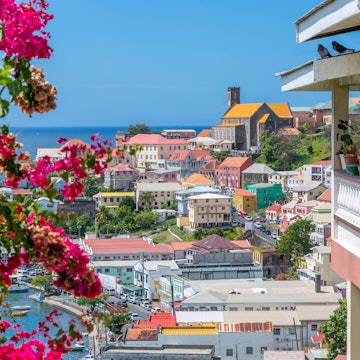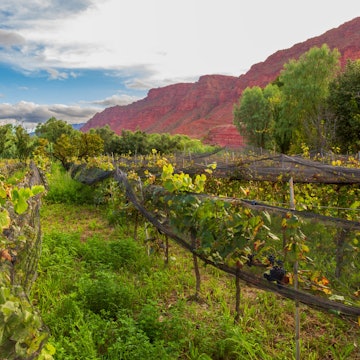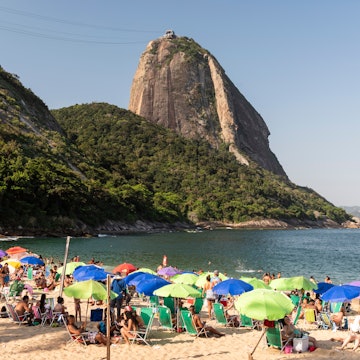

It pays to plan ahead when visiting Lima: visit one neighborhood at a time. Getty Images
Extending on a rugged shore along the Pacific Ocean shoreline, Lima has become a destination in its own right.
This bustling capital of Peru more than makes up for its chaotic traffic and humdrum weather with out-of-this-world cuisine, dramatic coastal views and outstanding museums.
Still, with all it has going for it, Lima doesn’t feel as familiar as some of South America’s other star cities. So it helps to know what to expect.
To help you make the most of your trip and simplify your trip planning, here are a few useful things to know before traveling to Lima.
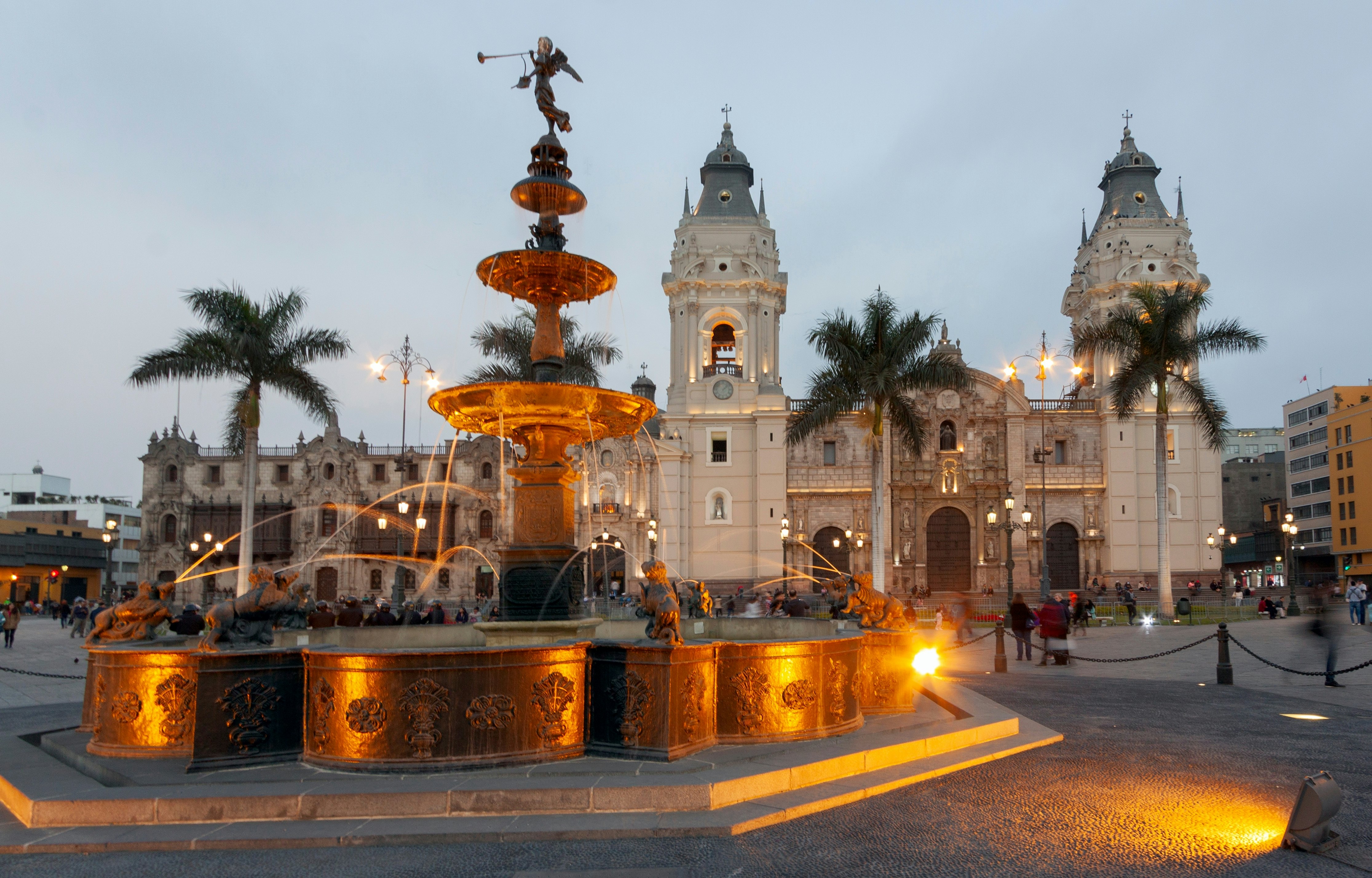
1. Be prepared for gray skies
Attention, anyone who feels down during drab weather: don’t assume this coastal Latin American capital is the land of sunshine.
Indeed, for every month of the year outside of Peru’s summer season (January to March), the skies over Lima are consistently gray.
Keep this in mind when planning the timing of a trip to Lima. On the plus side, the Peruvian capital is dry nearly all year long, meaning you can always stay active on the malecón (waterfront esplanade) to keep your energy levels and mood up.
If you are in dire need of vitamin D, consider a day trip down south to Pachacamac or a weekend trip to Reserva Nacional de Paracas, where the sun is more likely to make an appearance.
2. Download a rideshare app for easy trips around town
Lima sprawls over numerous, widely spread-out districts, so you may spend a good chunk of time commuting.
Though there are several cheap public-transit options, your best bet for getting around Lima is to rely on a rideshare app such as Uber or Cabify.
Even if you have a decent level of Spanish or are traveling in a group, the risk of theft or getting scammed when taking an unmarked taxi off the street in Lima is probably not worth the few soles (Peru’s official currency) difference in price.

3. Base yourself in a district that suits your interests in Lima
There are so many great neighborhoods in Lima, each with its own unique personality and attributes. Given the sprawling nature of the city, it pays to stay close to the things you want to see.
Do a bit of research to discover the best neighborhood in Lima for you. Some areas are better for people traveling with children, while others appeal to travelers looking to keep to a budget or those seeking a taste of local nightlife.
Most tourists stay in the hip district of Barranco or centrally located Miraflores – and for good reason. But less-visited districts such as Pueblo Libre or Magdalena del Mar can also woo you with their top-notch museums and local vibe.
4. Consider distance and traffic when organizing your day-to-day itinerary
Sprawling across more than 1000 sq miles (2590 sq km), Lima is the largest city in Peru and one of the five most populous cities in South America.
While many of the districts popular with visitors are close neighbors, some of the best things to do and see in Lima lie on opposite sides of the city.
Don’t waste a chunk of your visit to Lima commuting. Instead, invest a bit of pre-travel time in mapping out which each district has to offer, then plan your days based on activities and sights that are close to one another.
For example, it's a good idea to pair gallery visits in Barranco with lunch or dinner in a Miraflores restaurant, or a trip to Pueblo Libre’s incredibly thorough and informative Museo Larco with a drink at the same district’s famed Queirolo pisco bar.

5. Don’t haggle excessively, and keep cash handy
Haggling can be a touchy subject. Many tour agencies encourage travelers to bargain for better prices, reassuring them that it is simply part of the Peruvian culture.
Yet while it is common to see limeño vendors and customers discussing prices at markets, there's a point where arguing hard for a cheaper price becomes downright disrespectful.
Many of Lima’s artisans come from the highlands or tropical lowlands, distant regions where it is difficult to earn a steady income.
Unless you can be sure that the vendor is charging an extortionate amount, get comfortable with paying a bit more than Peruvians to in order to help local families.
Also keep in mind that many small businesses, as well as independent artisans, will only accept cash. What’s more, they may not have change – so carry plenty of small bills.
6. Learn a few basic Spanish words and phrases for easier travels
A quick search on Facebook will turn up links to numerous groups of English-speaking expats who fell in love with Peru and set up a base in Lima. Yet the vast majority of Lima locals do not speak fluent English.
Thankfully, rideshare apps have done away with the need to give detailed directions to taxi drivers, and – commerce being universal – you can often negotiate purchases in markets with merely some creative gesturing.
Still, to begin to crack the culture (and simply to avoid being scammed), we’d recommend learning a few phrases in Spanish. This will express respect toward locals, and may make you feel a bit less of an interloper in this strongly Spanish-speaking city.
Many locals will give a passing greeting of ”¿qué tal?” (how are you?) or ”buen dia” (good day); doing so yourself will put a smile on people's faces.
Knowing your numbers is also helpful when it comes to paying a fair price – prices may be hiked for those who only speak English.
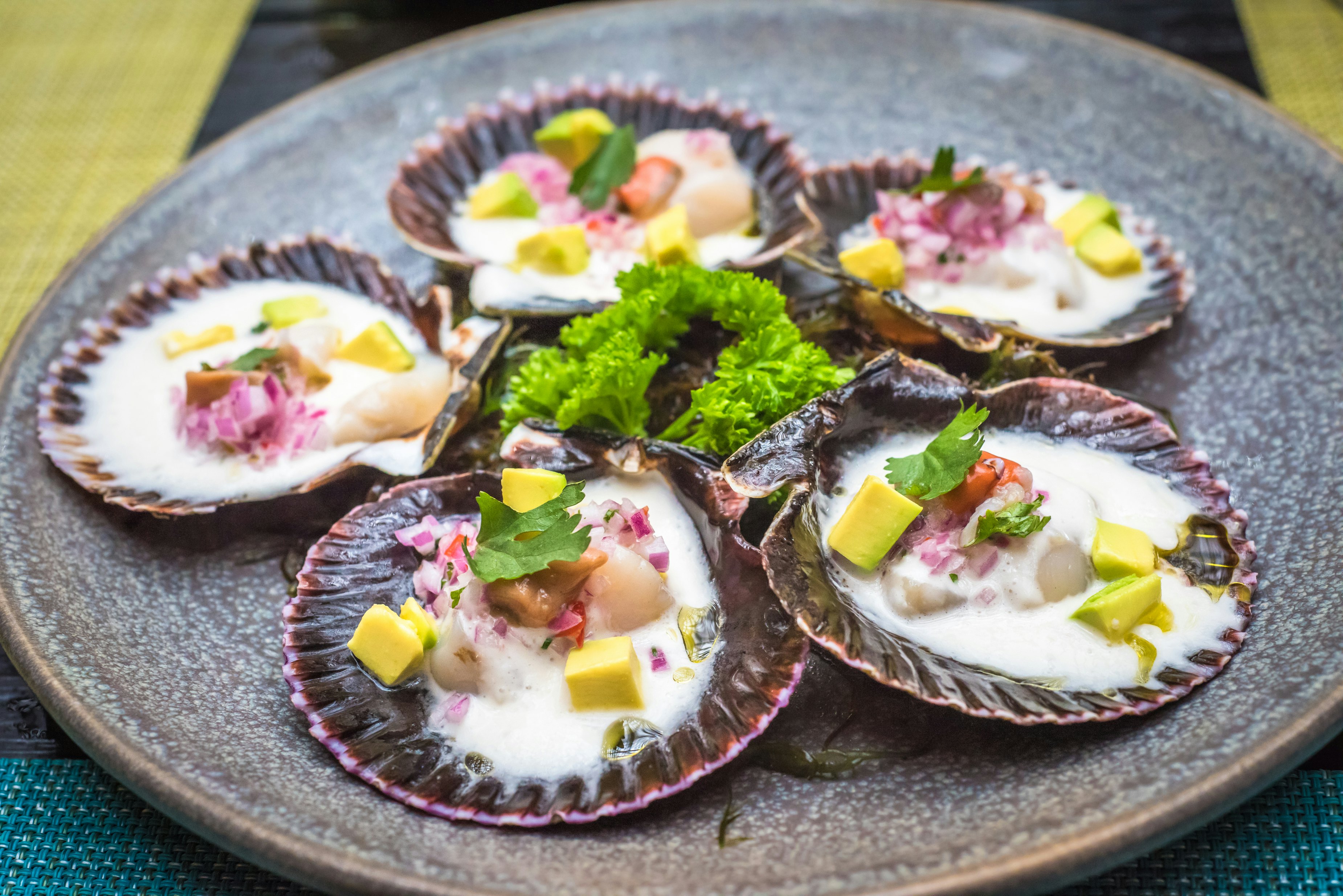
7. Trust your instinct when eating street food
Picarones (squash and sweet potato fried donuts), anticuchos (skewered beef heart), emoliente (a thick herbal drink served piping hot): the list of tempting street-food options in Lima goes on and on.
And while the foods served on the sidewalks of Lima provide a delicious, budget-friendly way to sample the flavors of Peru, your stomach may not be on board with the lax (sometimes non-existent) sanitary standards employed by street vendors.
When choosing whether to eat from a street-food stall, go with your instincts. Back home, you wouldn’t eat from a place that has more flies than customers, or from a cook who doesn’t wash their hands or use gloves for food prep. So don’t risk it in Lima.
Another important rule of thumb for newcomers is to satiate your craving for ceviche in a proper restaurant; uncooked fish on the street is a fast track to a stomach bug.
8. Follow big-city safety precautions to avoid theft in Lima
Lima is a fairly safe destination for tourists when it comes to serious crime – but that doesn’t mean it's a good idea to walk around town at dusk with your camera or a shiny new phone on display. As in any large city, opportunistic crime, especially theft, can and does occur in Lima.
To avoid losing a precious valuable item, be street smart and aware of your immediate environment.
Don’t leave your purse, bag or phone in the seat next to you while riding in a taxi or a public bus, and avoid walking around with your wallet on obvious display in your back pocket.
Phone snatching in the street is another problem. Don’t be too shy to ask for directions or to use a paper map as opposed to carrying your phone in front of you as a digital map, especially in neighborhoods less frequented by tourists.
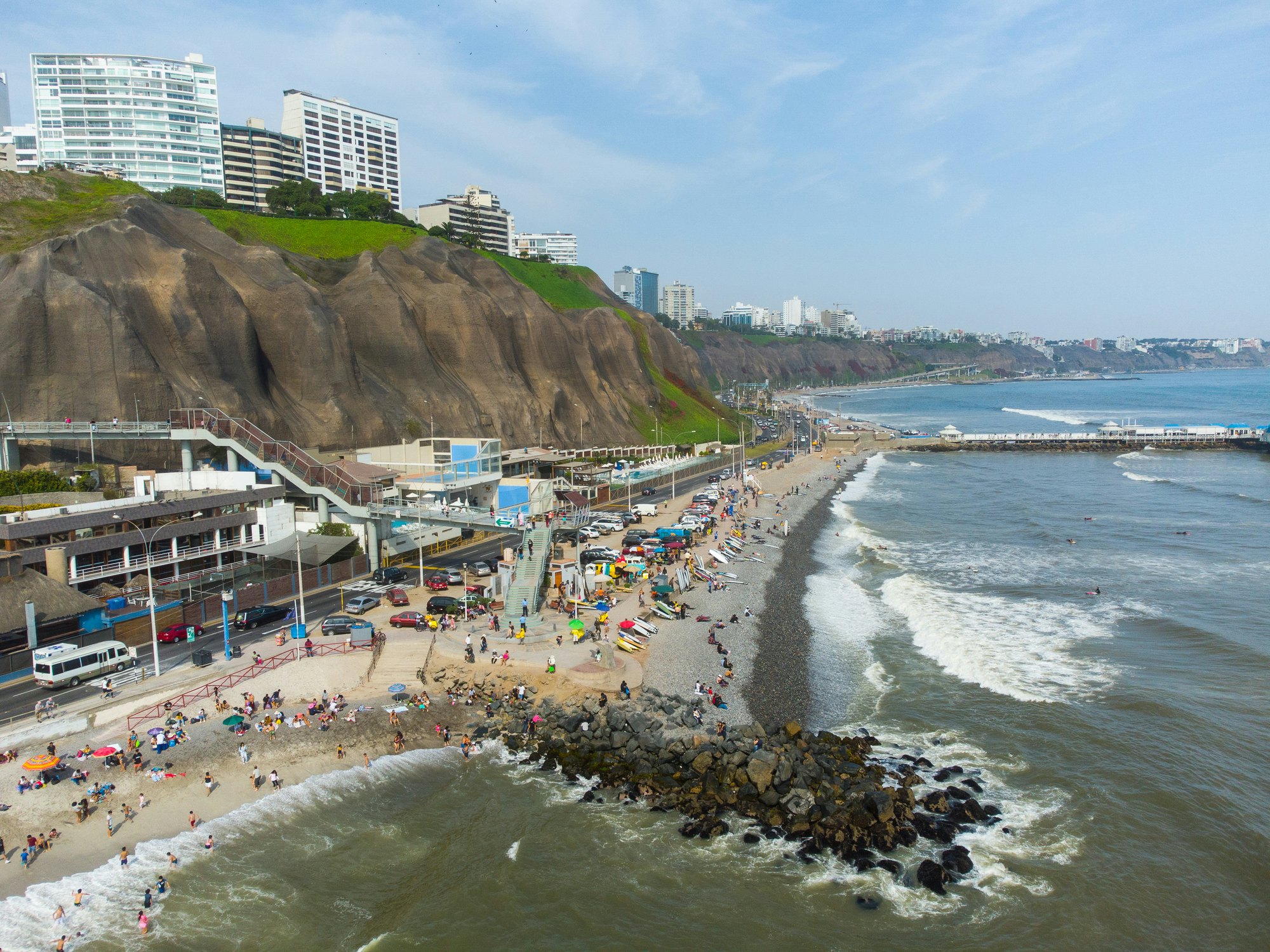
9. Tips for staying safe as a solo woman in Lima
Lima is generally safe for female solo travelers. Be cautious (as, unfortunately, we always have to be) about eager offers of rides from drivers of unmarked taxis, or free rounds of drinks at a bar. And avoid walking alone at night, particularly in quiet parts of town.
For safety in numbers, find a like-minded traveler from your hostel, or reach out to expat residents on Facebook groups, to join you on outings.

Plan with a local
Experience the real PeruLet a local expert craft your dream trip.









